Achilles tendon rupture treated with VACOped® Boot: user guide
Information for patients
If you have any questions once you get home, please contact your Achilles clinical specialist physiotherapist on 01227 783065.
When removing your boot, you must keep your toes and ankle pointed down at all times. You may need someone to hold your foot to help you keep your ankle in this position.
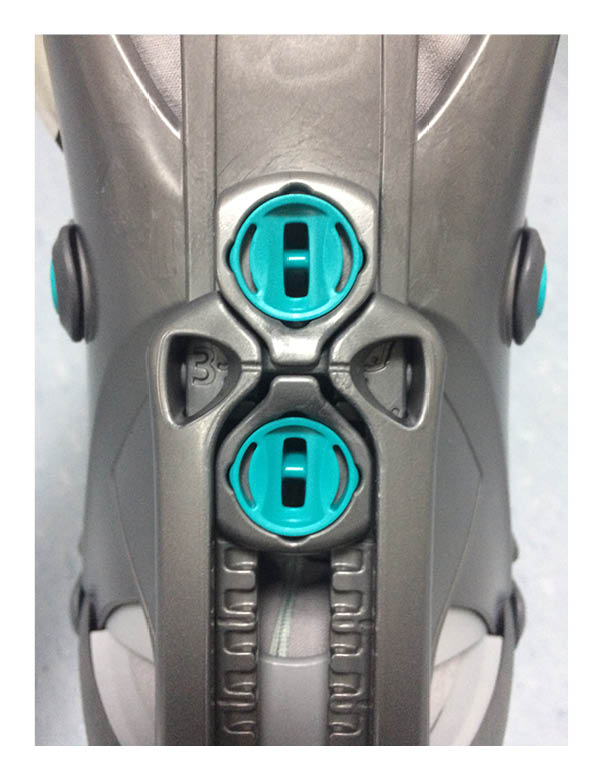
Week 1 to 4: Boot fixed at 30°
You do not need to do anything for the first four weeks.
Week 5 to 6: Range of movement 15° to 30°
How do I change it?
Insert the VACOped® Key in the lower “keyhole”.
Turn the key 90° either way, and move the lower fixation three notches down from the previous setting.
Lock it back by turning the key 90°. One notch = 5°.
-
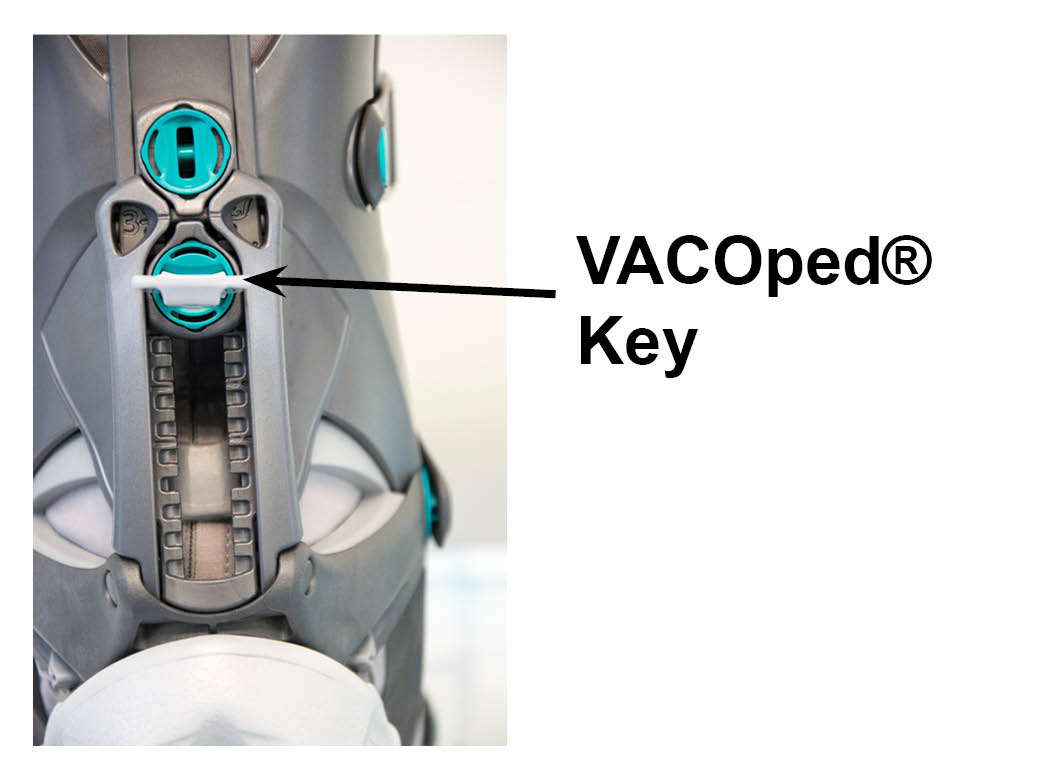 Insert the VACOped® Key in the lower “keyhole”
Insert the VACOped® Key in the lower “keyhole” -
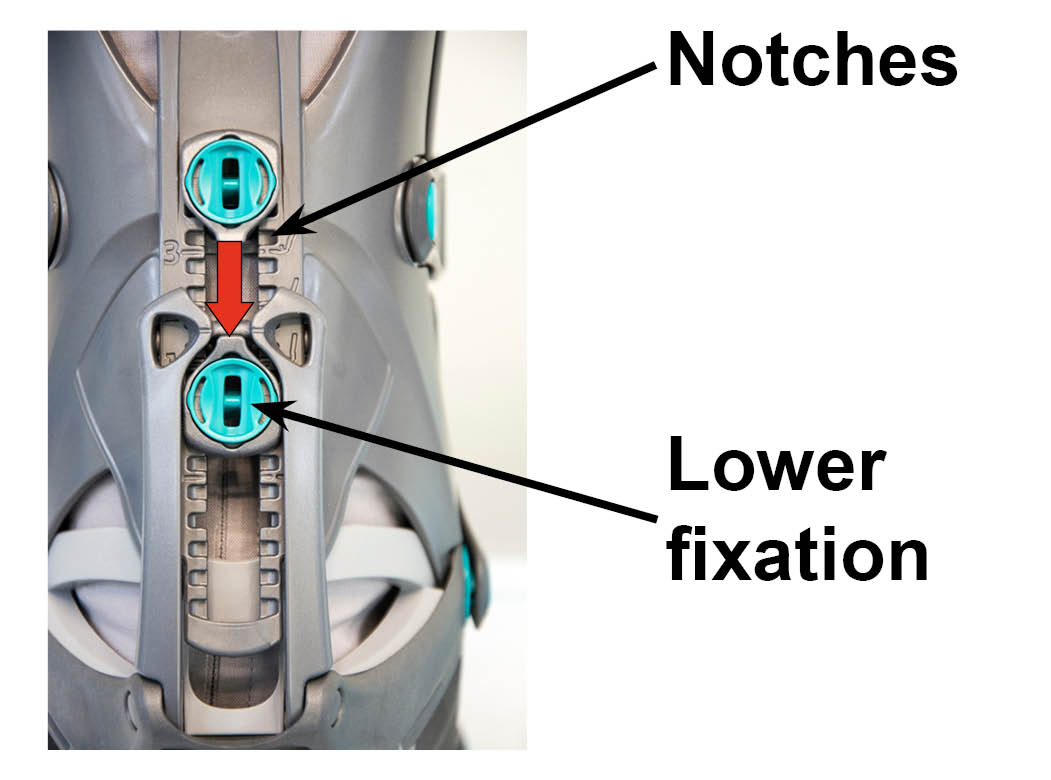 Move the lower fixation three notches down from the previous setting
Move the lower fixation three notches down from the previous setting
Week 7 to 8: Range of movement 0° to 30°, plus flat sole
-
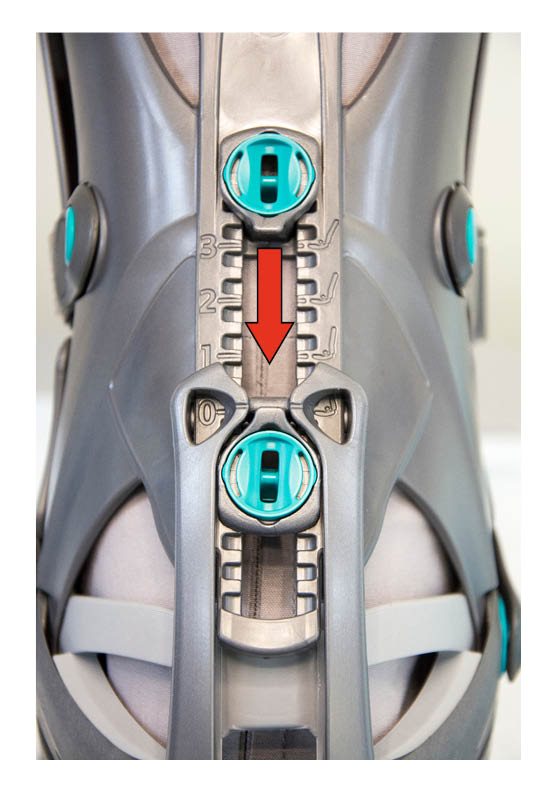 Using the VACOped® Key, move the lower fixation three notches down from the previous setting
Using the VACOped® Key, move the lower fixation three notches down from the previous setting -
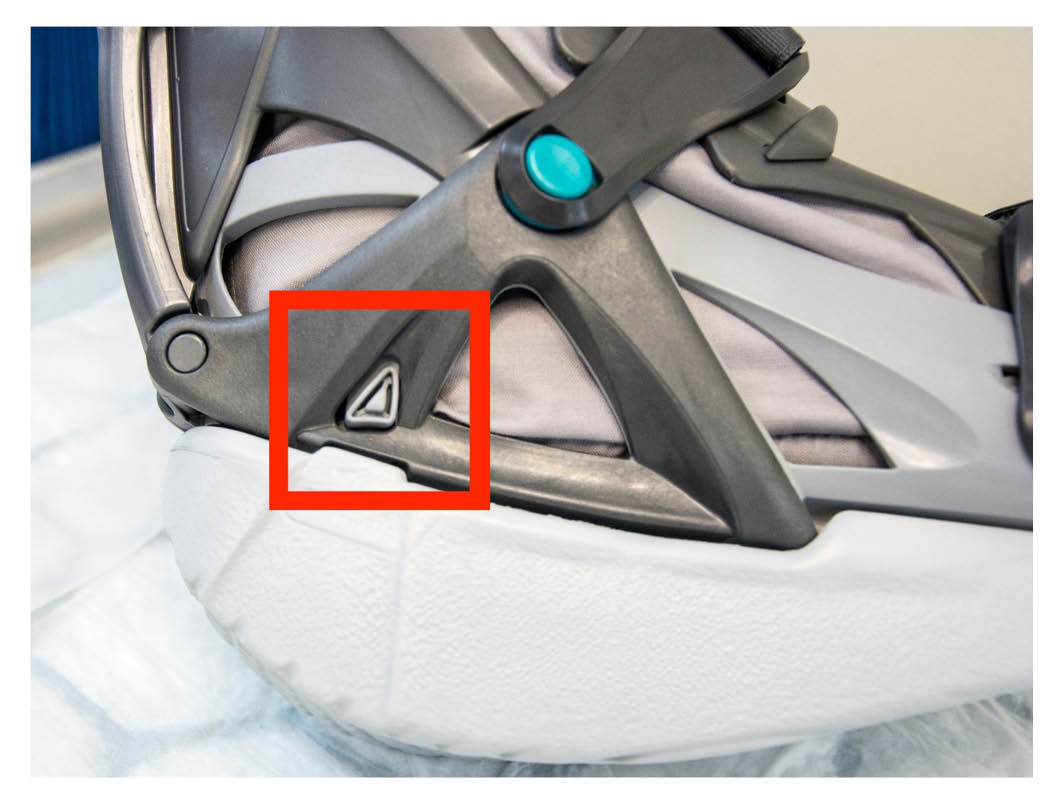 Remove the wedge sole, by pressing the “buttons” on both sides
Remove the wedge sole, by pressing the “buttons” on both sides -
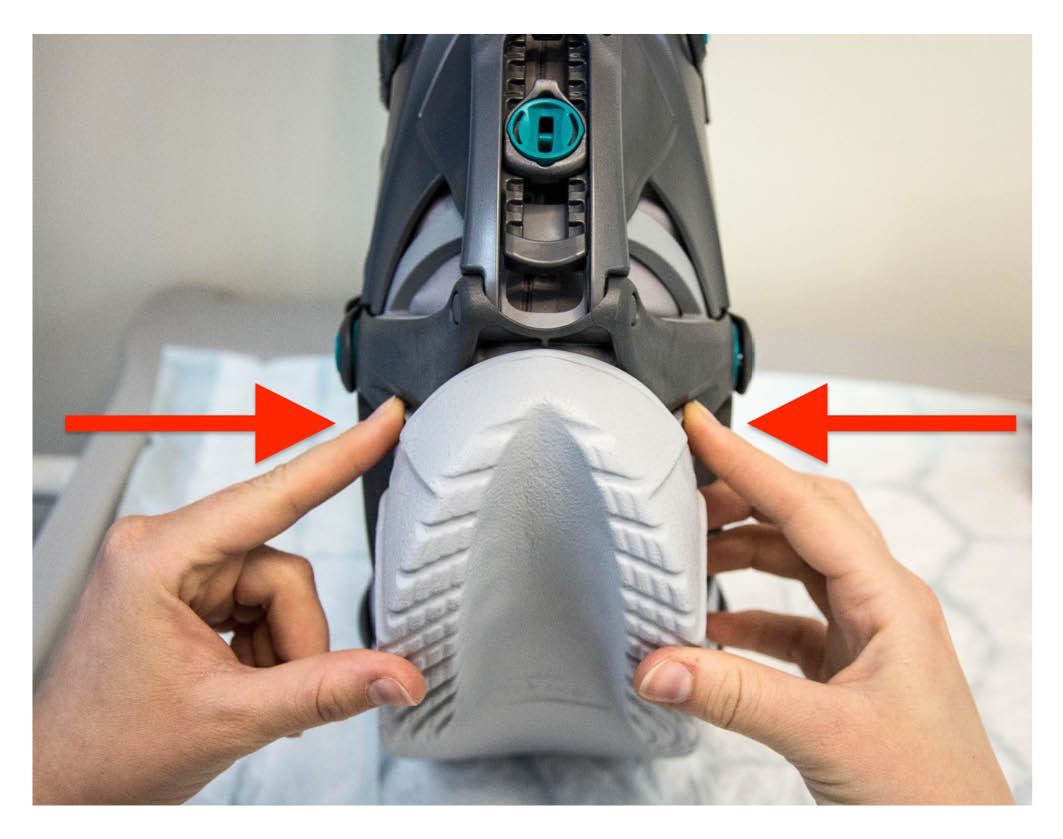 Adjust the flat sole. You should be able to hear it “click” when in place
Adjust the flat sole. You should be able to hear it “click” when in place
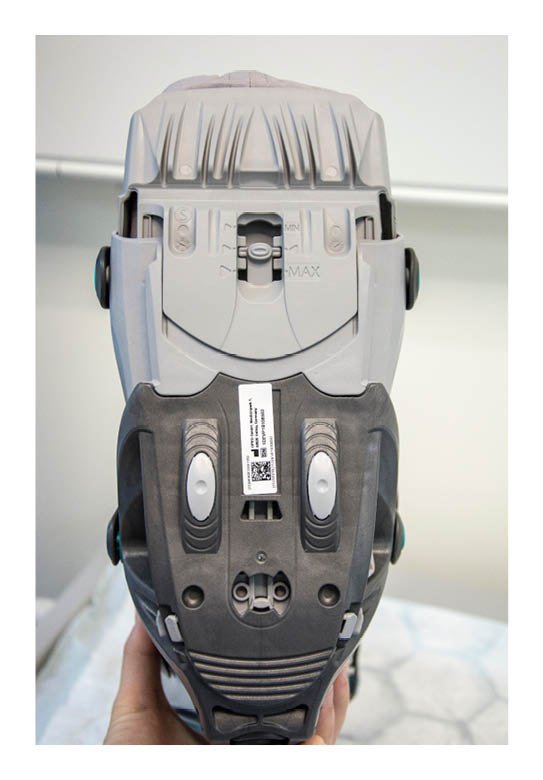
Other adjustments
If you feel the boot is too long or too short, you can adjust the length between the sole and the actual boot.
Looking after your boot
You need to keep your boot dry.
Make sure you use your pump every morning.
No more than once a week, when removing your boot or changing the liner to wash it, you need to give the inner liner a good shake to spread the beads equally throughout the boot.
Changing and washing the cushion liner
To change the cushion liner simply unzip it, remove the inner liner and put in a clean one.
Make sure each section comes into the appropriate pouch in the cushion liner, and the valve comes out through the designated hole.
Zip it back and put it on.
You can wash the cushion liner in the washing machine up to 60°C.
If your boot is creating pressure sores on your skin, you can place a dressing on the affected area(s).
If you feel your hips or back are suffering because of the uneven gait that wearing the boot causes, there are products that can help by providing extra elevation (height) under your non-affected limb.
For more information and explanatory videos, see the OPED UK web site.